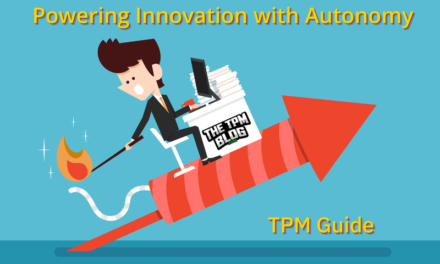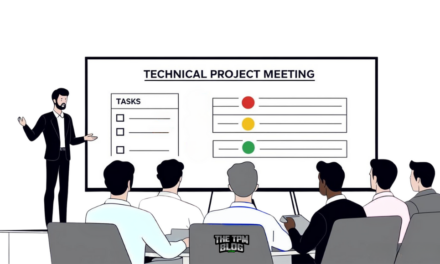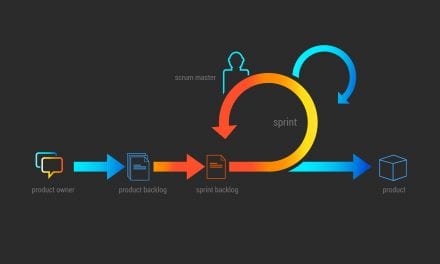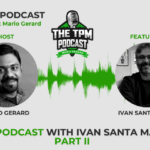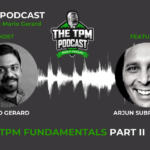Last updated on October 5th, 2024 at 01:02 pm
A quick recap of the Agile Manifesto
- Individuals and interactions over processes and tools
- Working software over comprehensive documentation
- Customer collaboration over contract negotiation
- Responding to change over following a plan.
That is, while there is value in the items on the right, we value the items on the left more.
Let’s start with the fundamentals every project manager has to consider while starting a project. The iron triangle; Resources (Cost), Time (Schedule), Scope(Features). The agile approach and the waterfall approach both deal with the same 3 components just in a different way. These three components all on the offset effect Quality.
Let’s see how different Agile and waterfall actually are?

Copyright – http://dsdm.org/content/2-
In the waterfall approach, we have a fixed set of features that are clearly defined, and then design, development, and testing are carried out. Whereas the agile approach is iterative, set for a 2-week sprint the team then evaluates the prioritized features. Ideally, the time taken to deliver the features would be similar in both approaches. Some might argue that the agile team might be able to deliver faster as they iterate through the product and only the most necessary components are built first. Which in my experience is true. But every project has different constraints so you could never really tell.
Waterfall Approach |
Agile |
|
Plan according to the full set of requirements |
Iteratively plan with a smaller set of requirements. |
|
Project Plan Development |
Release & Iteration Planning |
|
Change control via a Change Management Board. |
Prioritized & Groomed backlog which acts as a change control tool. |
|
Risk Mitigation by maintaining a Risk register and risk mitigation strategy |
Time boxed Discovery tasks to handle unknowns. Frequent releases to manage risk. |
|
Direct, Manage, Monitor, Control |
Facilitate, Serve, Lead, Collaborate, Daily Standups |
|
Scope Definition |
Planning Meetings |
|
Quality Planning |
Definition of “Done” |
|
Quality Control |
Test early and often. TTD |
The above table shows that every aspect of traditional Project Planning and Management is actively covered in an Agile Environment. Every organizational need is different and agile or traditional methods should be viewed more as tools rather than an imperative constraint that impedes the team from delivering its goal.
As Program Manager, it is our job to understand the needs of the organization, the culture, and the capabilities of the team and suggest the appropriate tools and techniques to make them successful. You still see many successful companies that deliver physical products using traditional tools and are very successful.


